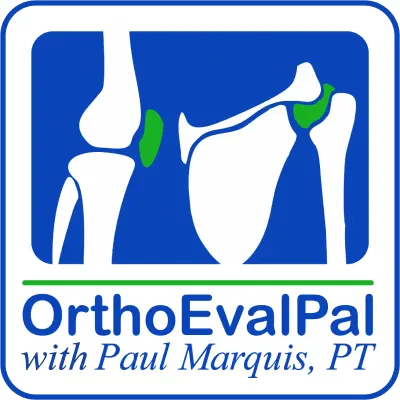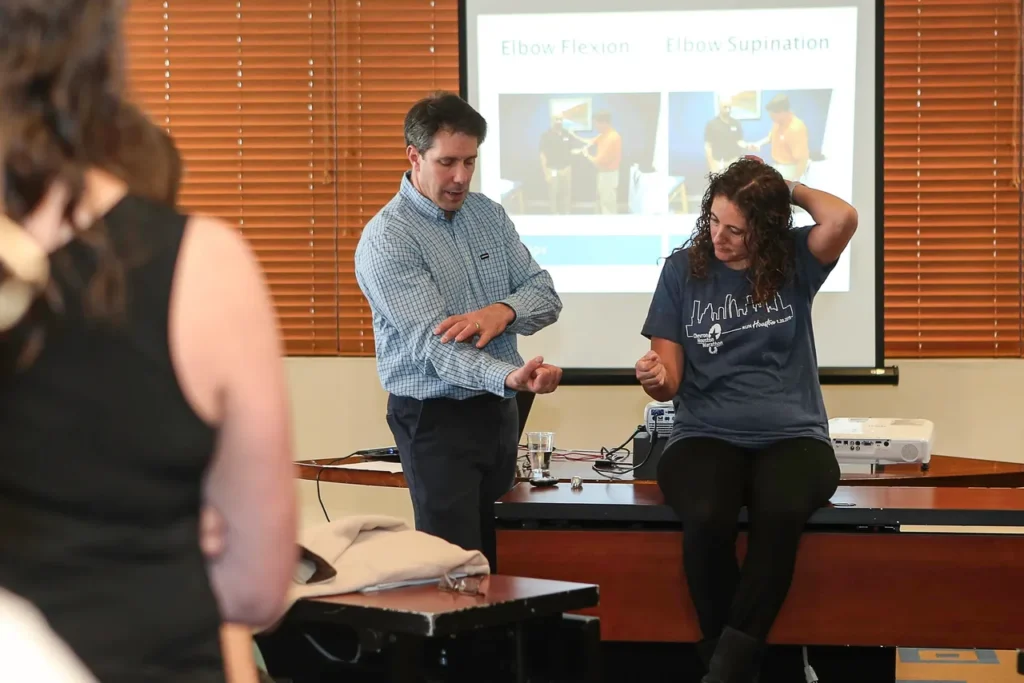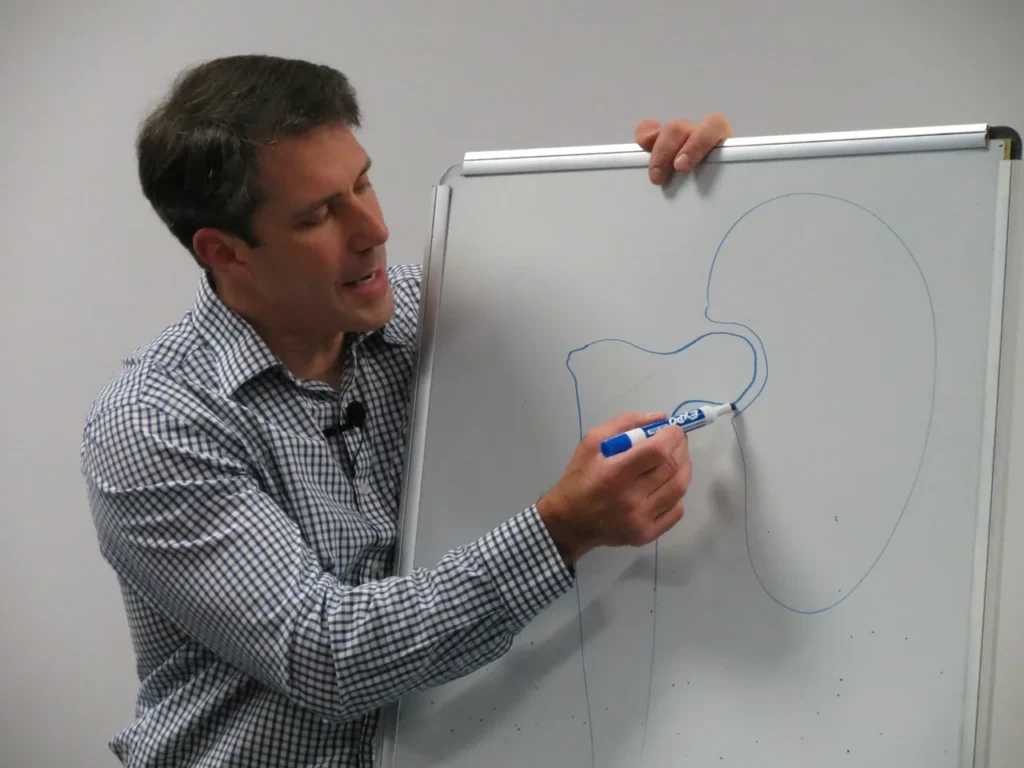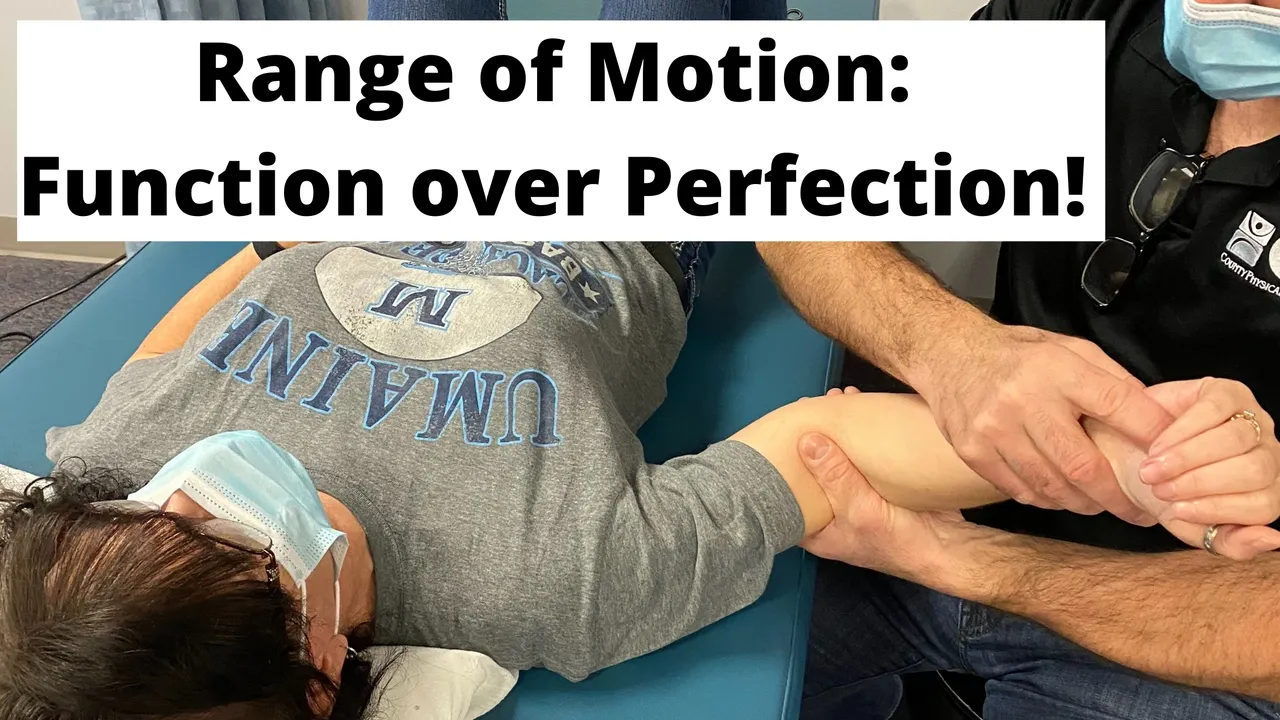
Range of Motion: Function over Perfection!
Newly graduated PT’s, PTA’s, OT’s and OTA’s often struggle with this question. Why do I know this? I was there and those were questions I had when I was young, inexperienced and thought I knew it all.
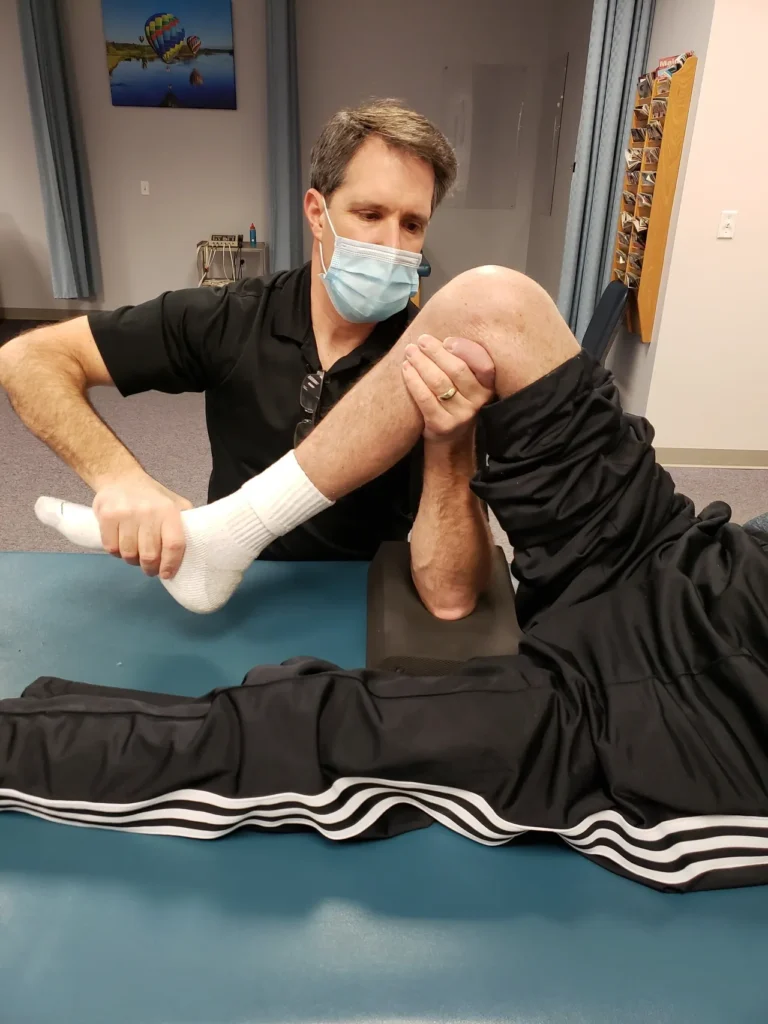
First, we should talk about “why†patients need to be stretched. For the obvious reasons, if you don’t have good range of motion you won’t have good function, right? Just because you were taught that “normal†shoulder flexion is 180 degrees, ER is 80-90 degrees and so on doesn’t mean that if we can’t get the patient to achieve those “gold†standards that you have failed as a therapist.
Let’s get started with some tips from experience…
- Do no harm. If you have an 85 y/o osteoporotic female recovering from a fractured humerus, why do you feel you would need to obtain full ROM at the risk of re-fracturing the shoulder? Ask yourself these questions…Can she feed herself, can she mobilize herself around her environment, can she dress herself, does she have less pain,  etc…?
- As a student or new grad therapist ask your CI or supervising therapist to stretch a patient with them. Ask the patient to give feedback about how much pressure the therapist gives vs. how much you give. This is one of the best ways to get a “feel†for how aggressively to stretch patients.
- Ask yourself what the long-term detrimental effects of not doing range of motion exercises or stretching aggressively enough would do to the patient. Here’s and example: A 54 y/o female with a frozen shoulder and 70% of normal ROM who is very active and needs full ROM for her work needs to be stretched a little more aggressively. The capsulitis will cause pain so better motion will help. Long term loss of gleno-humeral ROM can contribute to early arthritis, impingement, weakness and ultimately loss of function. So, in this situation trying to get back to full ROM makes sense.
- Evaluate the opposite extremity and ask about previous ROM loss. It’s not uncommon to see patients who have an inherent loss of motion and significant joint stiffness previous to an injury or surgery. Yes, we would like to see 0 degrees of knee extension after a TKA but if they have -10 degrees on the good leg and they had -10 degrees on the surgical side for 10 years prior to surgery, then there is no need to hurt the patient trying to get something they never had before. Especially, if they don’t have pain and they have great function.
Be sure to explain to the patient that there is a difference between “hurt†and “harmâ€. When the patient understands that stretching may be painful but not harmful, they are more likely to relax and trust you. Have a conversation with your patients about their expectations and why optimal function far exceeds perfection in many situations.
Don’t get me wrong, I am a stickler about optimizing motion. Full knee extension will lead to better quad function, good gleno-humeral kinematics will produce better rotator cuff activation, better ankle dorsiflexion prevents multiple foot and ankle dysfunction and so on…
My take away message is to know what the “end game†is and to optimize function without causing harm. Know your anatomy, get mentored, be informed and don’t stop learning!
Are you a visual learner? Check out our comprehensive Youtube channel to see real patients with real injuries and where I help explain how to better evaluate and manage different orthopedic injuries.
<—Click the pic!
Keep you eyes open for our LIVE courses but if you need the convenience of learning from the comfort of your own home then maybe a downloadable course would work for you.
<—Click for Course info
It’s hard to beat “One-on-One” Coaching!
Are you frustrated with poor patient compliance? Maybe you are taking too long with your evaluations? Having trouble with “special tests” or having trouble connecting with other providers? We can help you with all of that.
Let Paul help get you on the right foot!
Click to book a time —–>
